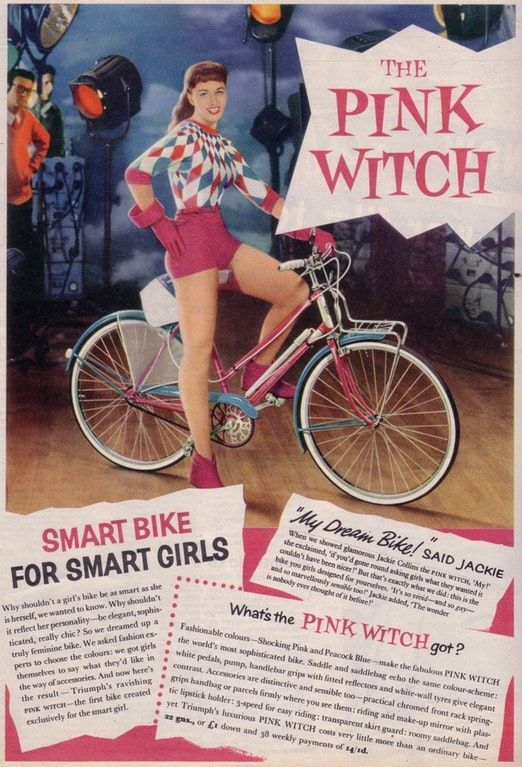 Listen
Listen
3 Growth Marketing Mistakes and How to Avoid Them
Remember that red pen that teachers used during school that emphasized a tiny mistake like it was an LED billboard on a highway?
Well crew, mistakes happen. And ya know what? That’s a-okay. We’re experimenters at heart so just shake, shake, shake it off. You better believe we’re currently listening to T. Swift. #hatersgonnahate
More importantly, we have your back, and so does the Growth Marketing Toolbox. The host strays from his normal interview style episode to bring you ways to avoid common marketing blunders. And he includes many useful tools, which is always, always a plus.
Let’s get to it!
(01:40) Mistake #1 – Seeing marketers looking at the wrong data. Step away from vanity metrics like the number of likes and focus on the numbers in totality. Some examples being the cost of acquisition or lifetime value of a customer.
(02:35) Dashboard Tools: Klipfolio (highly customizable), Databox (easy to use), Google Data Studio (free to use)
(06:00) Mistake #2 – Sending traffic to a home page. Doing that is rarely a good idea. Instead, send traffic to dedicated landing pages that matches your paid ad content.
(07:50) Building Tools w/o developers: Unbounce, Lead pages, Click funnels
(09:20) Mistake #3 – Not staying up on trends. But we make sure our Daily Carnage fam doesn’t have this problem (we <3 you guys).
(10:20) News Tools: FB groups or podcasts
Current trends to be aware of:
(11:15) Facebook Messenger. During this year’s Facebook summit there was major talk on the push toward messenger and FB spending considerable time to update it. This is a fairly untapped strategy where marketers should pay more attention because it’s not crowded.
(13:23) Machine learning and how it’s applied to growth marketing. Tons of opportunity here. Google Analytics is using machine learning by providing suggestions on what should be optimized. Meanwhile, chatbots are becoming more sophisticated and better equipped to answer consumer questions.
(14:18) Personalization on websites in action. The most relevant company example right now would be Amazon (start counting how many times we mention Amazon in today’s newsletter). Their site is personalized to the individual user when they are logged in. Other (non-Amazon) concepts involve geo-filtering or geotargeting.
Alrighty, it’s time to turn “oops” into “ah, interesting.”
Anyway, this podcast is short so tune in!
 Read
Read
Amazon SEO: How to Rank Highly for Amazon Searches
We were on a call the other day talking about Amazon marketing, and we realized something. Internally, we research Amazon and use it for client work, but we’ve never written about Amazon in the Carnage. Never.
Well, guess what? That’s changing right here, right meow.
With the help of WordStream, we’re digging into Amazon’s SEO and how you can rank highly on the platform. If you sell products, you should be using Amazon. And, if you’re on Amazon, you better be paying attention to SEO on the platform.
So how does their search algo work?
- It’s mostly keyword based. Your product’s title needs to match what searchers are searching for. But, you also can’t just stuff keywords into the title. Amazon has a spam filter for that kind of junk.
- Your backend keywords matter too. On your Amazon Seller Account, you need to specify your “hidden” keywords that describe what you sell. Couple things to keep in mind here: don’t repeat words, but do include variations in spelling, and use synonyms.
But, more than just keywords, Amazon’s algo is performance based. The more you sell, the higher you’ll rank. Here are a few things on that site to focus on:
- Price. Amazon users care about price. If they can get a similar product at a lower price, they likely will. If you’re constantly losing sales to lower prices, your competitors are going to rank higher.
- Conversion rate. This one matters a ton. If people visit your product page, but convert way less than average, you’ll get knocked down the rankings.
- Images. While they don’t directly affect SEO, higher quality images lead to a higher conversion rate…which means…well you can see where this goes.
- REVIEWS! Do everything you can to get positive reviews on Amazon. It’s the number one thing you can do to boost SEO. Make sure to always ask for reviews after you make a sale. If you need some ideas on getting 5-star reviews, WordStream has you covered there too.
Read the full post for more.
 Watch
Watch
Join the Resistance
Remember, like, 2 seconds ago when we were talking about how great Amazon is? Well, forget everything we said because we’re going the opposite direction with this Watch.
iZettle, a small business payment company, is taking on Amazon with a Black Mirror-esque ad. The spot shows a dystopian world where a company, called Giant Corp, controls just about every part of daily life.
It’s hard to ignore the Amazon parallels here, even Giant Corp’s logo is similar to Amazon’s.
Anyway, one woman stands up to Giant Corp by keeping her local business local. The ad ends with a call to action, “Join the resistance. Shop local.”
iZettle is definitely going to get some attention by attacking Amazon.
Dang, Marketoonist always pumps out the best marketing cartoons.
This week, Tom Fishburne, makes fun of the marketing cliche—agile. If you cringe when you hear that word, this cartoon is for you.


